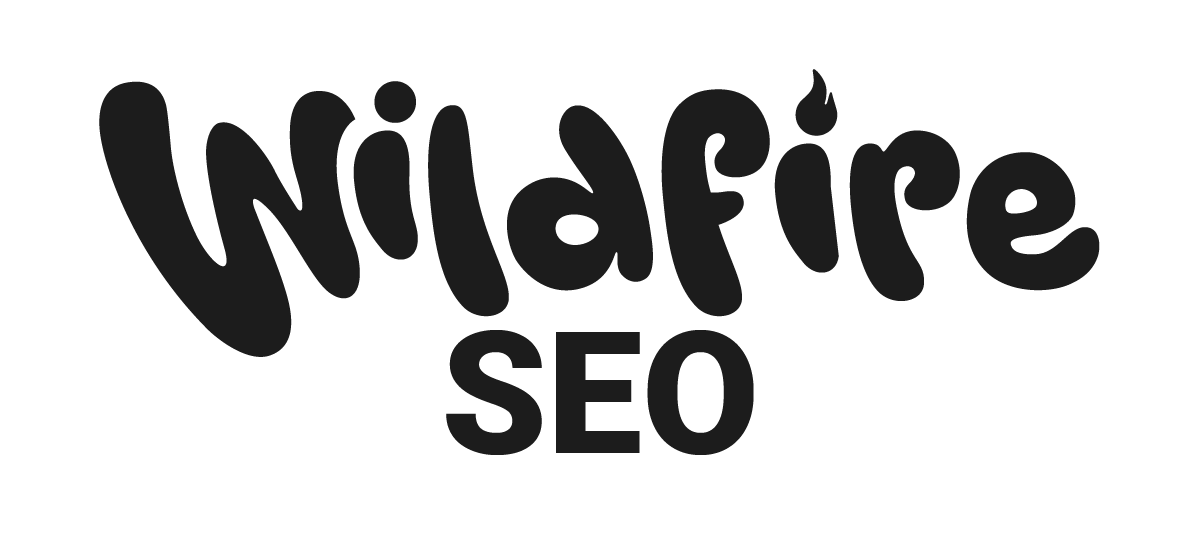
Search Engine Optimisation Company: Faceted Navigation
Faceted navigation—a filtering system that allows users to narrow down results by attributes like size, price, colour, or category—is central to how modern websites, particularly in e‑commerce and content-heavy industries, deliver a tailored browsing experience. At Wildfire SEO, we’ve seen how the very features designed to enhance usability can undermine a website’s organic visibility if not managed with precision. As a trusted search engine optimisation company, we believe understanding the motivations and implications behind faceted navigation is the first step toward achieving sustainable, search-friendly site architecture.
What Is Faceted Navigation?
At its core, faceted navigation is a user-driven filtering system—for example, filtering a clothing site by “Size: Medium”, “Colour: Blue” and “Price: £50–£100”. Each selection refines the displayed items, helping users quickly find what they want.
While this enriches the user experience, for search engine optimisation company experts the real question centres on how many variations of those filtered pages become accessible to search engine crawl bots—and whether those variations are enhancing or undermining SEO performance.
How Faceted Navigation Works
From a user’s perspective, filters can appear as instant, Javascript-driven updates without page reloads, or as traditional pageload links that generate unique URLs like ?size=medium&colour=blue. Both approaches are valid – but they have very different consequences for search engine bots.
Crawlable URLs can exponentially multiply the number of pages that search engines must crawl. Meanwhile, Javascript-based faceted filters may offer a sleeker experience but can prevent crucial pages from being discovered unless the setup follows accessibility best practice—placing a heavy burden on your chosen search engine optimisation company to audit and advise effectively.
Common SEO Issues Caused by Faceted Navigation
Several SEO challenges regularly surface around faceted navigation:
1. Crawl Traps & Index Bloat
If bots follow every possible filter combination, they can get stuck in nearly infinite permutations, wasting crawl budget on redundant or low‑value URLs. This can lead to important pages being overlooked.
2. Duplicate Content
Multiple filter combinations often return essentially the same content, giving rise to duplicate content that dilutes ranking potential and causes confusion for search engines.
3. Keyword Cannibalisation
Various filtered pages might compete for the same search terms, making it harder for any one page to rank strongly—undermining a search engine optimisation company’s efforts.
Crawl Budget Wastage and Index Bloat
Every website has a finite crawl budget. That determines how many pages a search engine bot will review. With faceted navigation, bots can be drawn into low‑value filtered pages instead of reaching core product or category pages. Over time, this impairs SEO performance. A strategic search engine optimisation company will:
- Audit which filter parameters are the most necessary
- Restrict bots from low-value or redundant filter combinations
- Monitor crawl activity levels and ensure important URLs are fresh in the search index
Duplicate Content and Keyword Cannibalisation
Filtered pages often contain near-identical content to their parent categories. Unless handled properly, this results in:
- Multiple URLs competing for search engine attention
- Divided link equity across duplicate pages
- Confusion in search engine rankings
Experienced search engine optimisation company professionals understand the importance of consolidating signals and ensuring that each page is purposeful to both users and search engines.
Faceted URLs: Index or Noindex?
Some filter combinations—like specific long‑tail searches—can offer genuine value to users. A tailored search engine optimisation company knows when faceted URLs deserve to be indexed and when to suppress them using a noindex, nofollow directive. They also recognise the limitations of blocking filter URLs through a robots.txt file, which may not stop indexing if other sites link to those URLs.
Canonicalisation Strategies for Faceted Pages
Canonical tags are an essential tool to guide search engines to the “preferred version” of a page when multiple URLs offer the same content. An adept search engine optimisation company will:
- Establish canonical links pointing back to a core category URL
- Ensure consistency in parameter ordering
- Prevent URL fragmentation due to minor variations in filter combinations
Use of Parameter Handling in Google Search Console
Google Search Console includes a built-in interface for parameter handling, allowing webmasters to indicate which parameters change content and which do not. When engaged proactively by a search engine optimisation company, this reduces the risk of bots crawling endless unimportant URLs, thereby preserving crawl budget and focusing indexing on valuable pages.
JavaScript vs Static Filters: SEO Implications
Javascript-based filters can avoid crawl traps, but they can also prevent useful pages from being discoverable if implemented without care. Conversely, static URL filters are highly crawlable but must be carefully controlled to avoid duplicates. The key is in making sure search engines understand how to access your content properly—a speciality of a seasoned search engine optimisation company team.
Best Practices for SEO‑Friendly Faceted Navigation
Here’s what a UK‑based search engine optimisation company like Wildfire SEO typically recommends:
- Prevent bots from accessing low‑value filter combinations
- Use canonical tags to consolidate signals
- Apply noindex/nofollow to disposable filtered pages
- Utilise AJAX for advanced filtering without generating new URLs
- Create unique title tags and meta descriptions for meaningful filtered pages
- Implement consistent parameter handling in both the HTML and Search Console
Faceted Navigation vs Site Search: SEO Considerations
Faceted navigation and on‑site search both aim to help users find content, but they have divergent SEO outcomes. Filters create crawlable pages that can rank organically, while search results are typically hidden behind forms and not indexed. A full audit by a search engine optimisation company can help define which route enhances both user satisfaction and search visibility.
Tools for Auditing Faceted Navigation SEO
Some widely used tools for diagnosing faceted navigation issues include:
- Screaming Frog (crawl analysis)
- Server log file analysis (crawl tracking)
- Google Search Console – parameter reports
A search engine optimisation company will draw on these insights to identify duplications, overlooked pages and crawl inefficiencies.
Pagination and Faceted Navigation Together
When faceted navigation and pagination combine, complexity increases. The result? Multiple URLs returning the same products across pages. To prevent index bloat, an effective search engine optimisation company will recommend canonical tagging to the first page, plus implementation of rel=”next”/rel=”prev” markup to signal pagination structure clearly.
Faceted navigation improves user experience—but left unchecked, it can sabotage your SEO. A proficient search engine optimisation company like Wildfire SEO ensures that filters delight users without overwhelming bots.
Our approach ensures the right URLs are visible, duplicates are managed, and each filter serves a purpose—both for your audience and for search engines. If you’re ready to refine your site’s navigation, prevent crawl waste and boost your organic rankings, contact us today. Let’s work together to build a seamless experience that benefits everyone.



